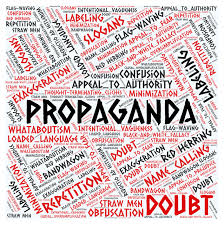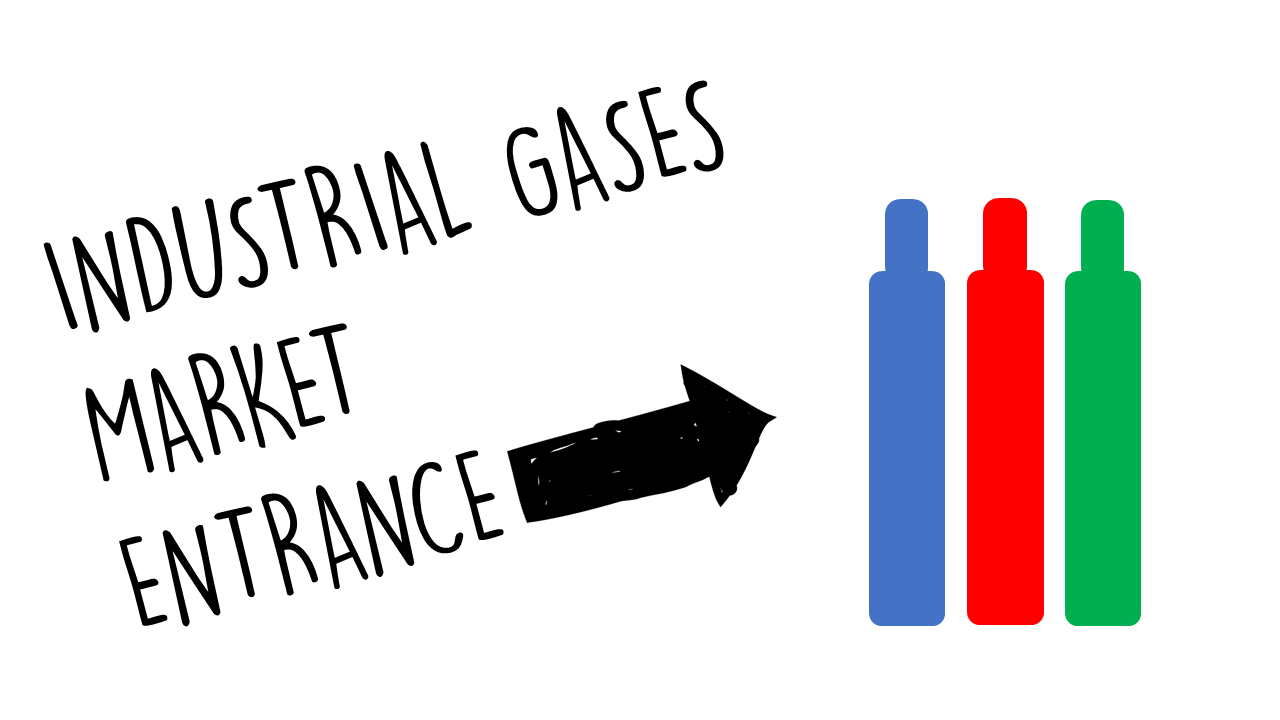Using Minto’s Pyramid + Decision Trees + Strategic Choice
🧠 STEP 1: Frame the Problem Clearly (Top of Pyramid)
Use Barbara Minto’s Pyramid Principle to clarify your thinking from top-down:
Key Questions:
- What is the key issue?
- What is the recommended solution?
- What are the 3 supporting reasons?
Format Example:
KeyIssue: Sales have declined by 30% in Q2.
Recommendation: Reposition product for high-value B2B clients.
Support:
1. B2C segment is saturated and price-sensitive.
2. B2B leads show 2x higher conversion.
3. Gross margin improves by 20% in B2B.
🌲 STEP 2: Build a Decision Tree (Bottom-Up Logic)
Decompose your issue into strategic options using a Decision Tree.
Approach:
- Break the problem into mutually exclusive branches.
- Make each branch collectively exhaustive.
- Add data and outcomes where available.
Example (Root: Revenue Growth):
Revenue Growth?
/ | \
Raise Prices Enter B2B Cut Costs
/ \ | |
+10% -10% $2M opp. Short-term gain
⚖️ STEP 3: Assess Decision Paths (Quantitative + Qualitative)
Combine strategic intuition with analytical tools.
Evaluation Criteria:
- Strategic Fit (0–10)
- Speed of Execution (0–10)
- Financial Impact (€, ROCE)
- Risk Level (Low/Med/High)
- Resource Requirement (Low/High)
Build a scorecard to compare alternatives side-by-side.
🏁 STEP 4: Choose the Most Effective Path Forward
Use a Rapid Strategic Assessment Grid:
| Option | Strategic Fit | Speed | ROCE | Risk | Score |
|---|---|---|---|---|---|
| Raise Prices | 6 | 9 | 12% | Low | 27 |
| Enter B2B | 9 | 7 | 25% | Med | 33 |
| Cut Costs | 4 | 8 | 8% | High | 20 |
✅ Decision: Enter B2B – High Fit, Best ROCE, Acceptable Risk
📌 RapidKnowHow Formula:
Top-Down Clarity (Minto) +
NEED HELP
Bottom-Up Structure (Decision Tree) +
Data-Driven Evaluation =
Fast & Smart Decision





